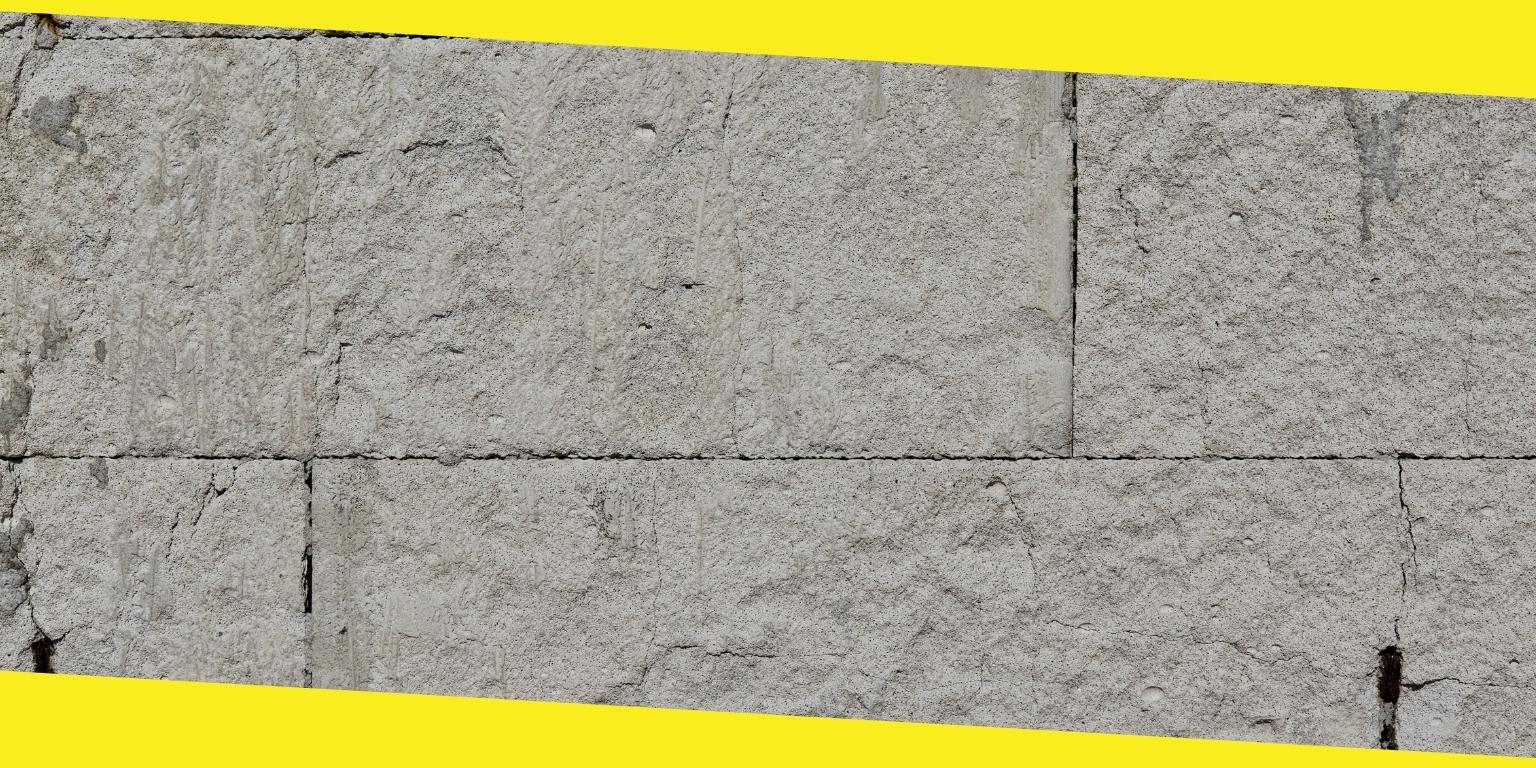What Are the Different Types of Lightweight Concrete?
This post was last updated on February 1st, 2024

There are a variety of advantages to using lightweight concrete as a structural material. For example, it is less expensive to construct structures made of it than ordinary concrete. However, it is essential to remember that the cost and time saved may not be the only factors to weigh in favour of lightweight concrete. Here are some examples of how lightweight concrete can benefit your construction project. The key is to determine which type of lightweight materials will suit your specific needs and design your project to maximize their benefits.
High-performance cellular concrete is made with higher porosity than traditional concrete and is better insulated.
High-performance cellular concrete is more dense than normal, but the high water content does not affect its properties. Because it is lighter, you can use it in structures subject to extreme climates or specialized environments. Regardless of how lightweight the concrete is, the benefits of using it are many. Aside from saving on costs, it provides superior insulation.
Aside from being more durable, lightweight concrete has a higher porosity than standard concrete.
Lightweight concrete has a higher porosity than regular concrete. Because of this, it is easier for carbon dioxide to penetrate it, which helps reduce its density. Higher water content in lightweight concrete does not affect its physical properties, and it does not alter the strength of the structure. Furthermore, it reduces the size of structural members and foundation sizers. In addition, it is more flexible, reducing the number of joints and thereby minimizing vibration.
Lightweight concrete is generally more porous than regular concrete, which means that it can absorb more water during construction.
Lightweight concrete is generally more porous than regular concrete, which means that it can absorb more water during construction. Because it is lighter than standard concrete, it is easier to work with and finish but requires more skilled labour. Additionally, it shows poorer resistance to water and is best suited for smaller projects. This lightweight concrete is widely used in buildings for roof slabs, small houses with load-bearing walls, stairs, garden walls, and partition walls.
The density of lightweight concrete varies depending on the aggregates used to make it. It is also prone to water content, so it is easier to mix it with other materials, and it requires less labour. LWC is cheaper than regular concrete, but it is not as resistant as LWC. The Bank of America Building in Charlotte, N.C., is constructed entirely with lightweight aggregates and is highly visible.
The most common type is lightweight structural concrete, commonly used in piers and beams.
Depending on the application, you can purchase different types of lightweight concrete at Dekko. The most common type is lightweight structural concrete, commonly used in piers and beams, and you can also use it in panel walls of frame structures and bridge decks. There are many applications for lightweight concrete.
The other main types of lightweight concrete include structural and decorative styles.
The other main types of lightweight concrete include structural and decorative styles. These are used in various applications. For instance, the structural type is used in piers and beams. Typical uses of lightweight concrete include tilt-up walls, door slabs, and panels of frame structures. It can also be used in many other applications, such as for partitions and stairs. This type of concrete is not suitable for constructing buildings that require a lot of strength.
The structural form uses a unique aggregate to make it lighter. The decorative type is used in buildings that need more resistance to fire and water. The two other types of lightweight concrete have different advantages and disadvantages. The most crucial advantage of lightweight concrete is its water tightness. It is often used in piers and beams.
The other type is called the non-structural type. It contains no cement and is not used for load-bearing walls. In addition, the structural form is also more durable than the lightweight version. What are the benefits of using lightweight concrete? The first one is that it reduces the cost of construction, and it is an excellent choice for a variety of projects. The other is the cost savings.
Most Inside
Most Inside offers high-quality recommendations and valuable updates to enhance all aspects of your life, providing premium guidance and enriching experiences.




